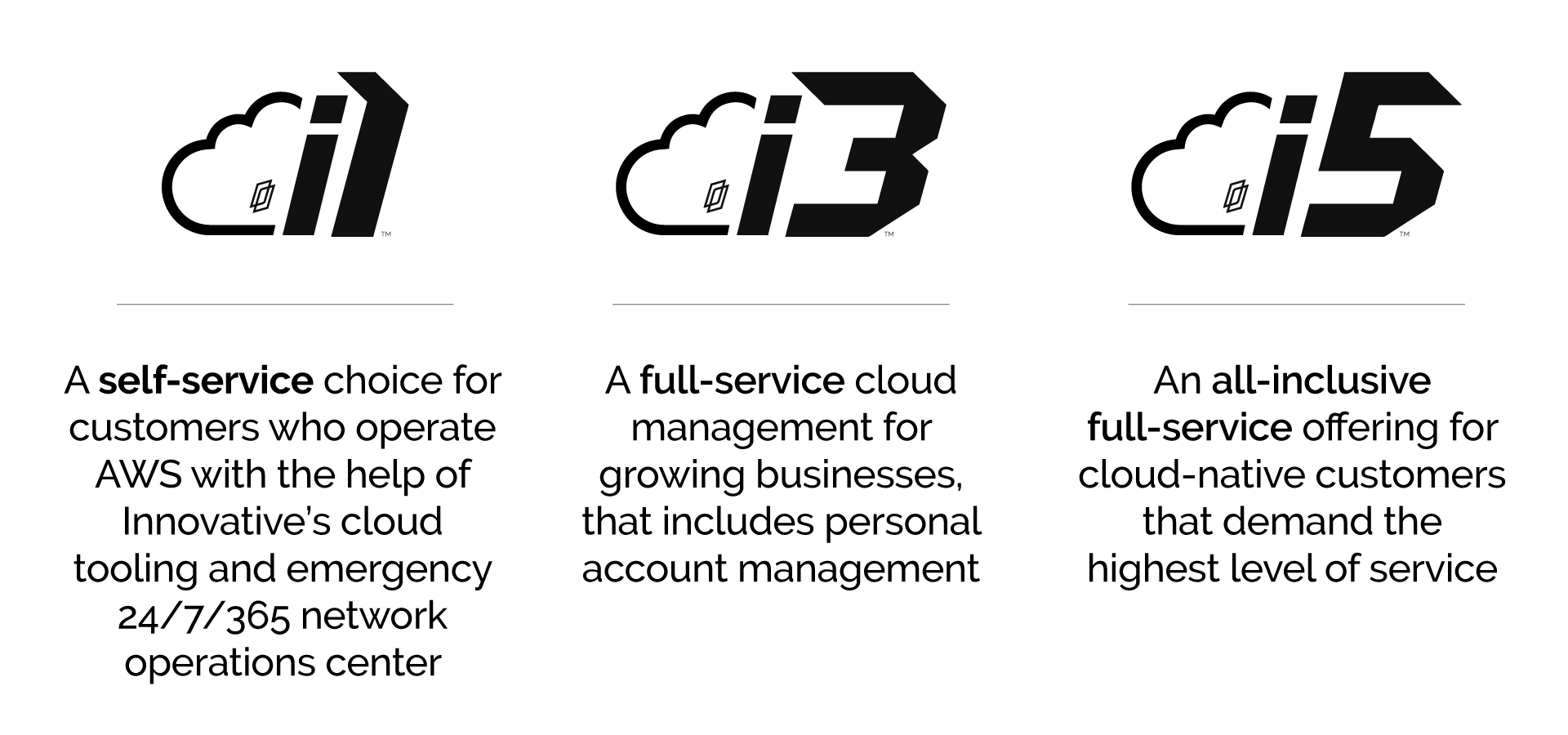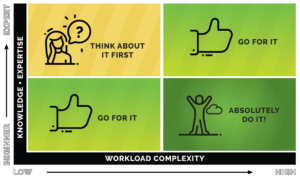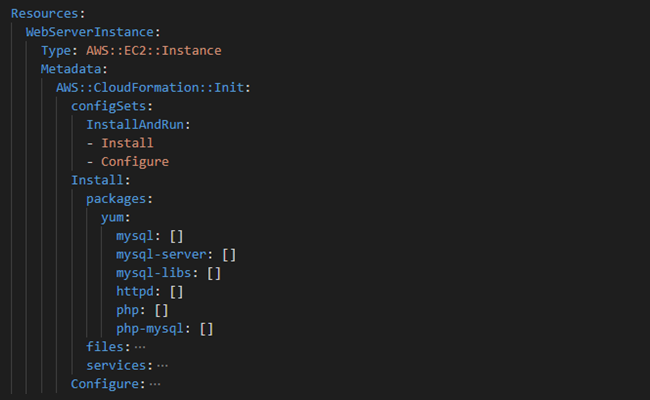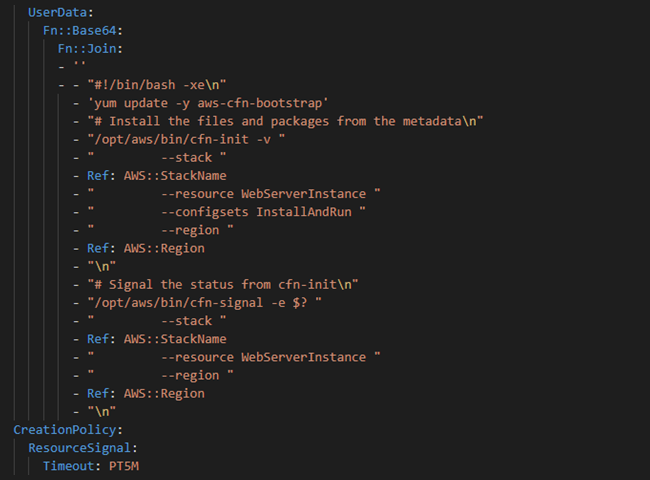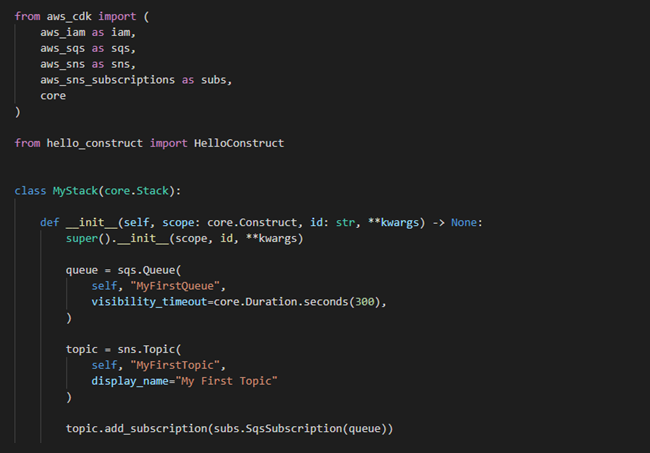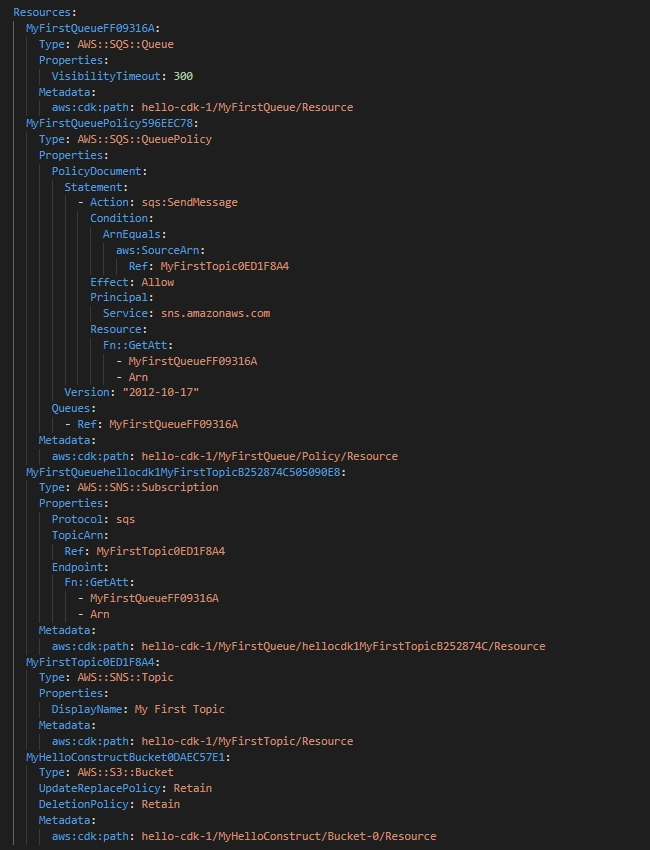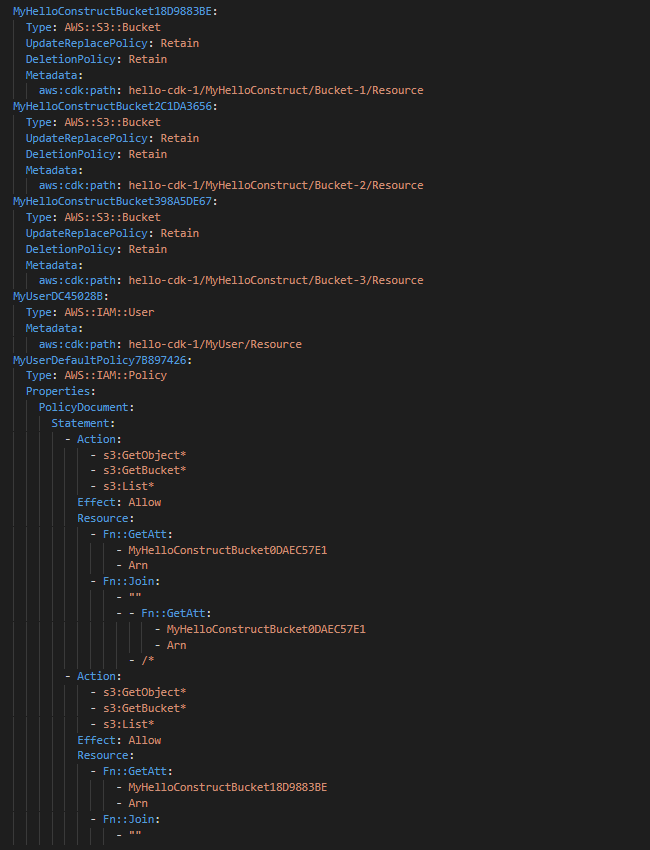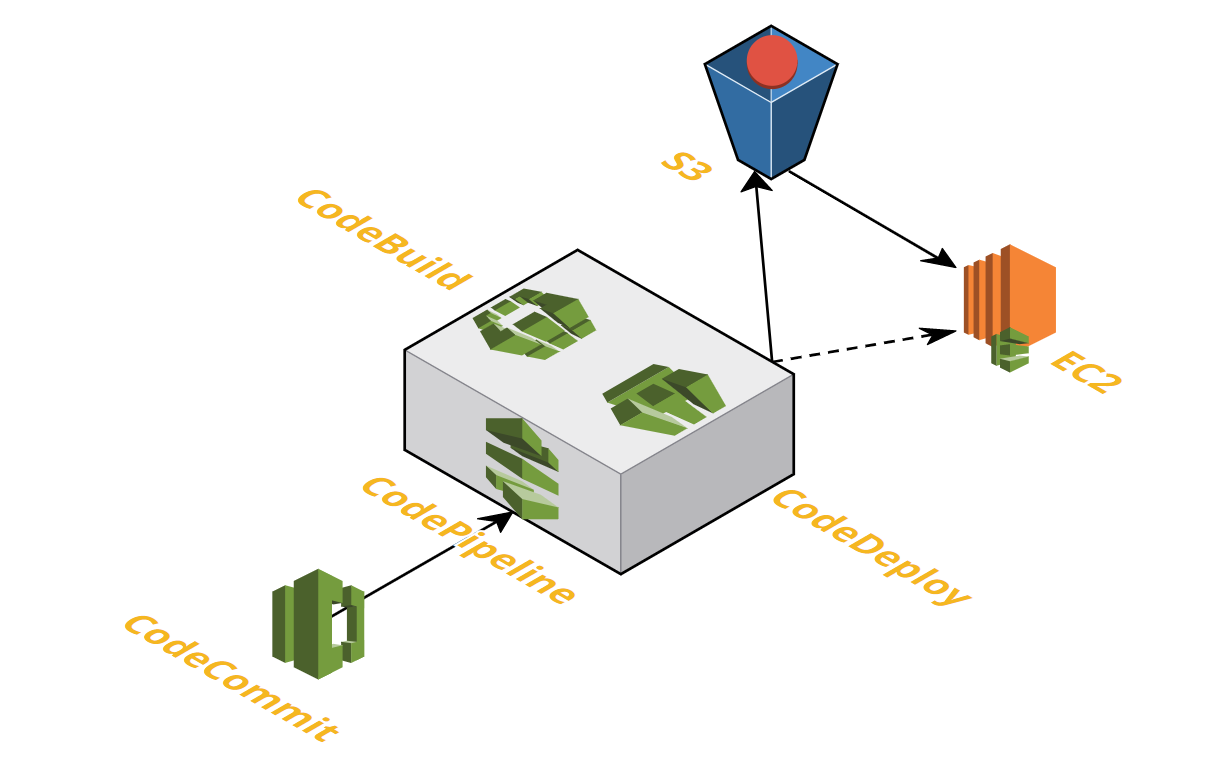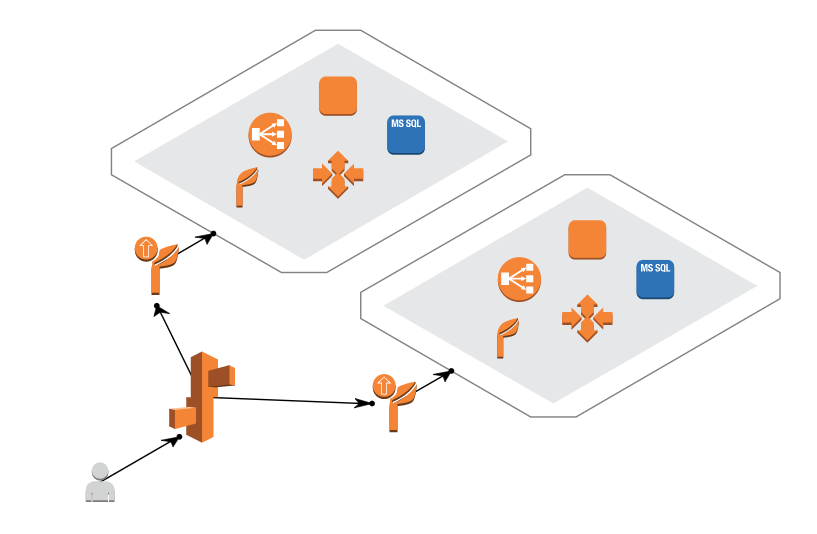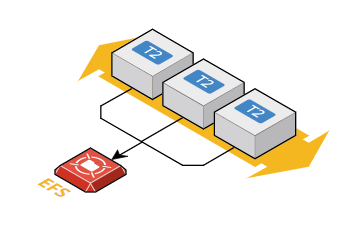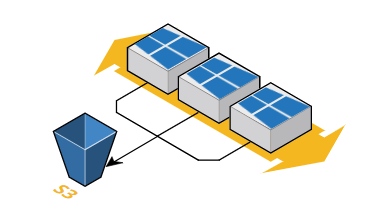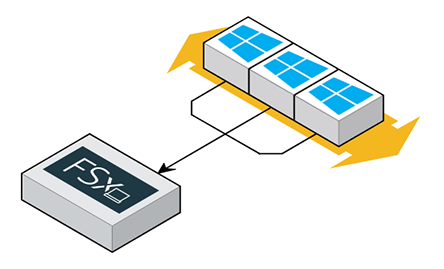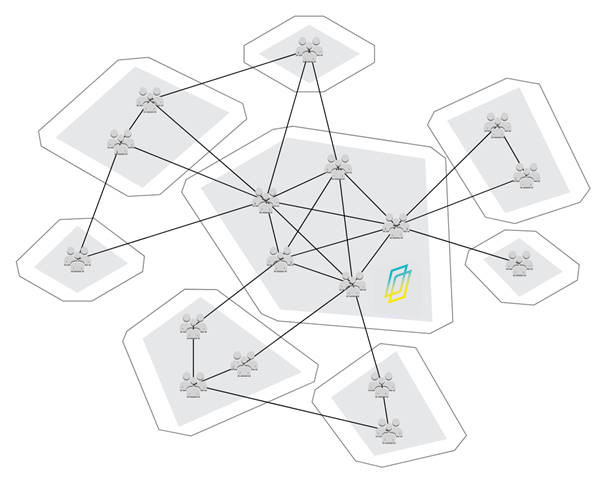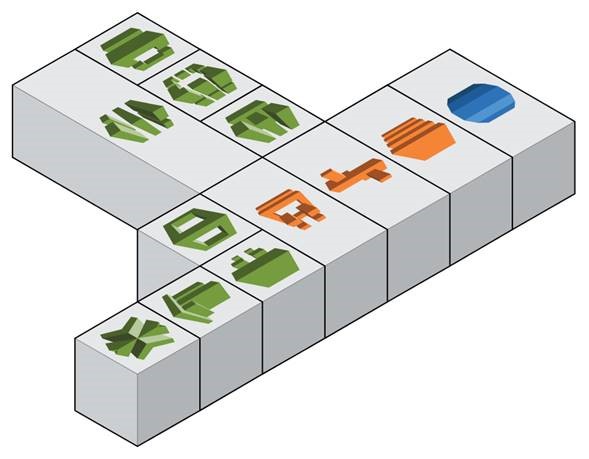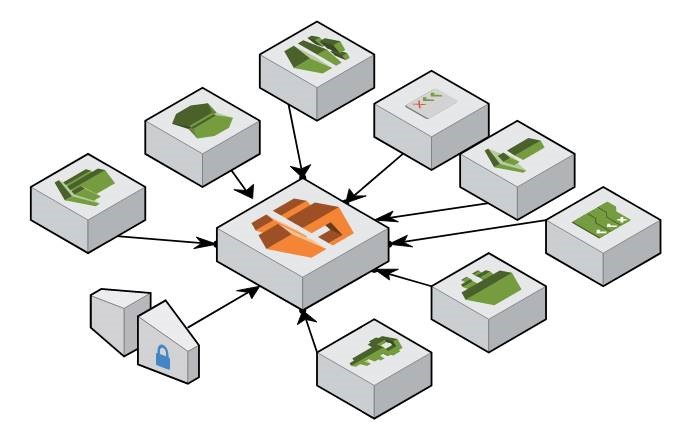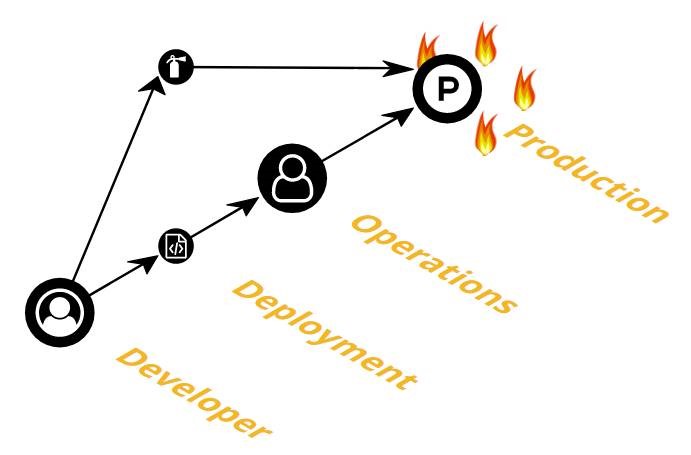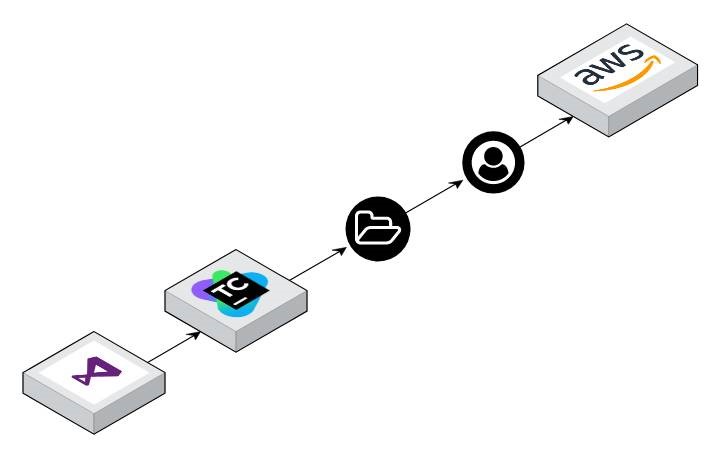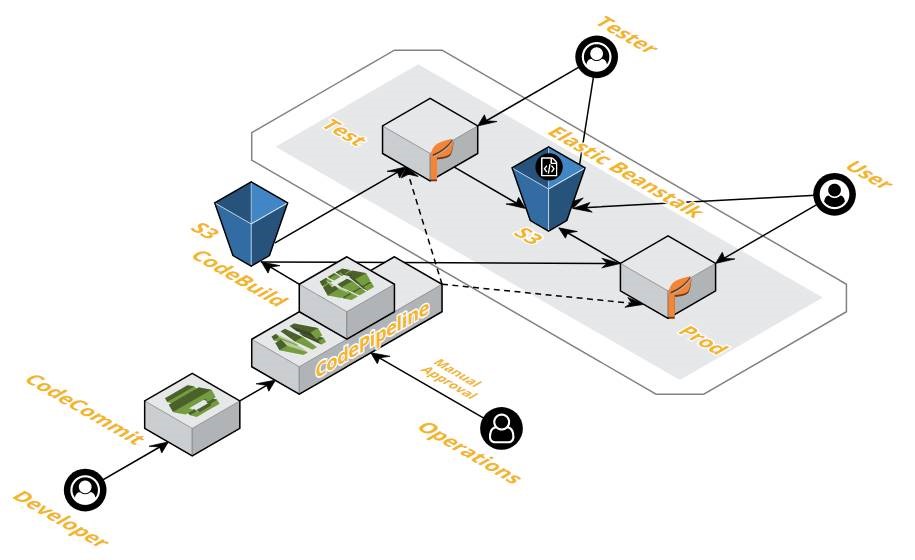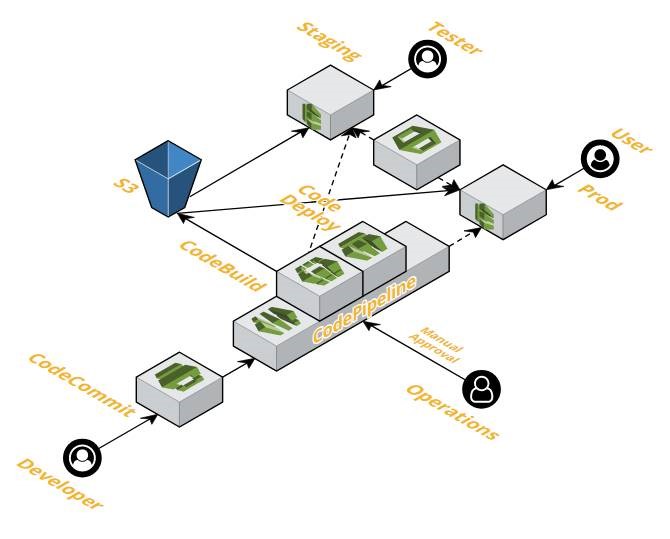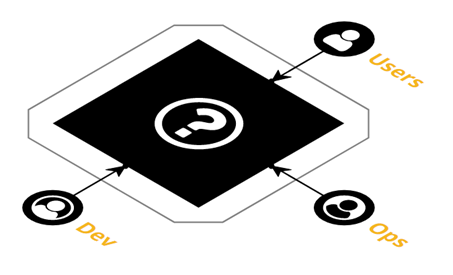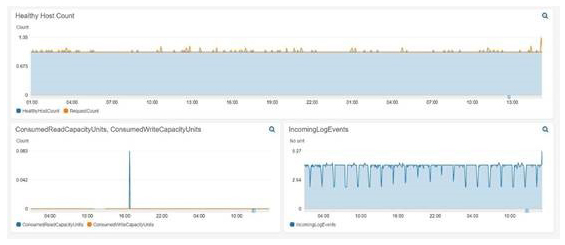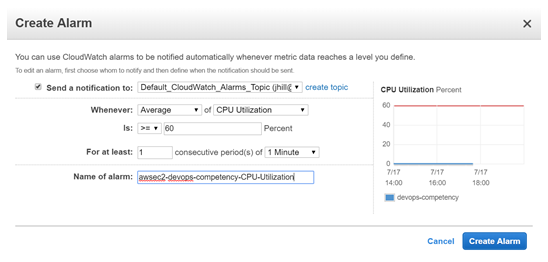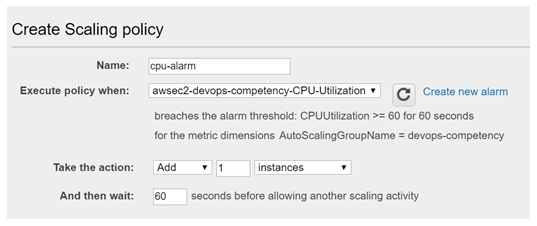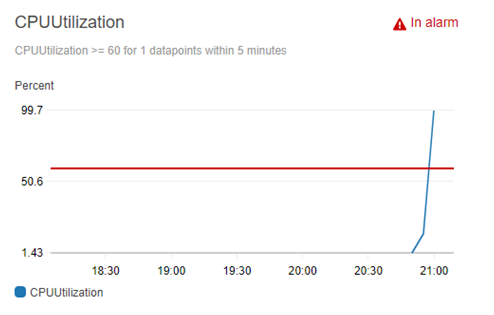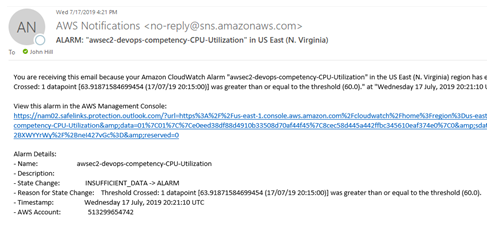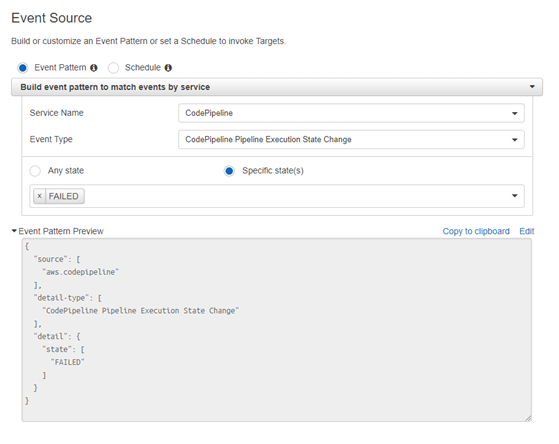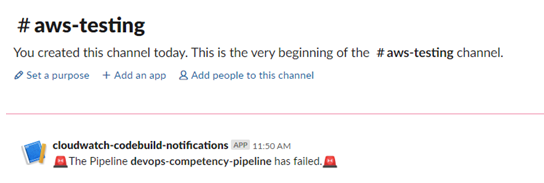What Is The AWS Well-Architected Framework
If you’re thinking about building your company’s future in the AWS cloud, then you’ll want to make sure that your cloud resources and infrastructure are architected as safely, efficiently, and as cost effective as possible.
The good news for cloud architects is that there is no need to reinvent the wheel. Amazon has put together a series of best practices designed to provide objective guidance to those architecting on AWS.
The Well-Architected Framework contains five pillars which guide those building in AWS on how to ensure that their cloud is cost and performance optimized. The framework refers to a series of best practices that should be followed by experts when building their cloud environment.
Unlike many other AWS resources, it does not refer to a series of checks that can be initiated programmatically. Therefore, clients that wish to make sure that their workloads are architected in a manner compliant with the Framework (and which may not have the expertise to do this in-house) should engage the services of an external party (like Innovative’s Well Architected Review service).
Well-Architected Framework Pillars
The Well-Architected Framework contains five pillars. An AWS Premier Consulting Partner, like Innovative, follows an AWS Well-Architected Framework checklist to make sure that your cloud can be better aligned to best practices.
Operational Excellence
When migrating workloads to the cloud, it’s key to ensure that they are running efficiently. This means, for instance, avoiding duplication of resources. Or, if servers run at variable capacities, making sure that servers are configured with elastic resources, or take advantage of auto-scaling.
Additionally, those architecting in AWS should frequently refine their operations and build for failure, using practices such as regular game days to test workloads, ensuring that there are plans in place to failover key resources in a DR scenario, and ensuring that their organization culture supports a strong cloud presence.
Security
AWS cloud environments should be architected to protect data, systems, and assets and to take advantage of cloud technologies to improve security. Best security practices include:
- Applying security at every layer of the cloud: this can include ensuring that the VPC, subnets, and related resources are configured correctly; ensuring that network access control (NACL) policies are appropriately set; and granting the least amount of permissions possible for every user to do their job.
- Audit and traceability: making sure that appropriate audit and logs are configured in the cloud. Users should also centralize identity management and ensure that users are not encouraged to use static credentials over the long term.
Reliability
This pillar calls for AWS cloud architects to ensure that their cloud is performing reliably and consistently. Well-architected workloads should be able to:
- Automatically recover from failure of components
- Scale horizontally or vertically as needed.
Additionally, infrastructure changes should be handled by automation rather than being deployed manually.
Performance Efficiency
Performance efficiency means using cloud resources in a way that meets system requirements as efficiently as possible.
When an AWS Partner, like Innovative, applies this pillar of the Framework to clients’ cloud environments, they will:
- Ensure that global resources are being used where reasonable. These reduce latency for end users resulting in faster performance.
- Ensure that serverless architectures are being employed where possible. Serverless architectures means that architects do not need to manually provision infrastructure and can instead configure automation that provides capacity as workload requirements evolve.
Cost Optimization
Of course, users should also ensure that their cloud workloads are being run as cheaply as possible. Users should:
- Measure the overall efficiency of their cloud.
- Avoid paying for resources when they are not required.
- Ensure that they are following cost optimization guidelines and aware of the components of the AWS cloud for tracking budget.
Why Get A Well-Architected Review?
The AWS cloud can save your organization time and money, all while boosting efficiency. While migrating from on-premises to a cloud-first environment will do the same, users might not be able to tap into the maximum advantages of the AWS cloud until they ensure that their architecture is compliant with the Well-Architected Framework.
Schedule a Well-Architected Review with Innovative
During Innovative’s Well-Architected Review, an AWS expert will review the client’s desired workload, assessing it against the Well-Architected Framework, and make recommendations.
As an AWS Premier Consulting Partner, Innovative’s team of experts can then take time providing hands-on optimizations to ensure that clients’ cloud infrastructure are in line with best practices.



